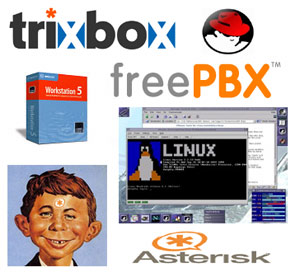Apple’s iPhone: Free At Last!
There were two major shortcomings with the iPhone: lack of user-installable applications and a locked SIM forcing you to use AT&T as your provider. Here’s a quick tutorial to solve both problems plus a link to more than 50 new applications that can be installed on your iPhone in minutes.



